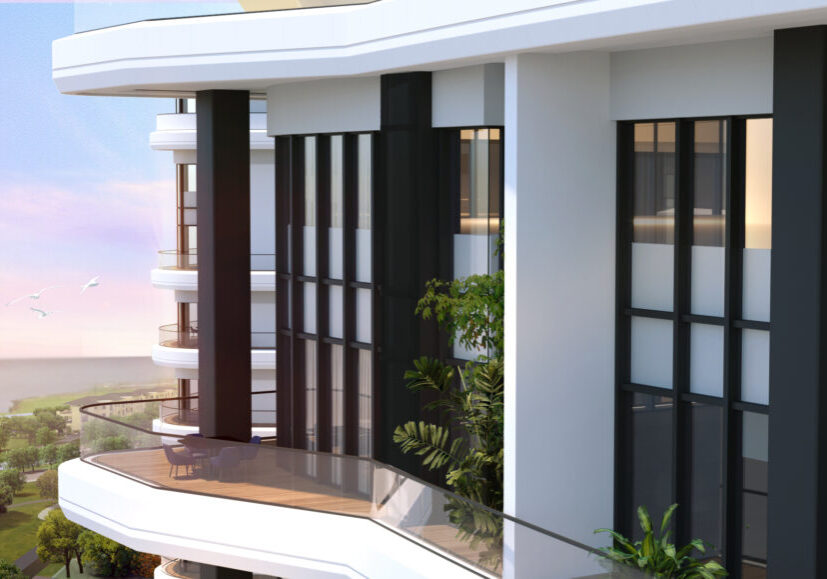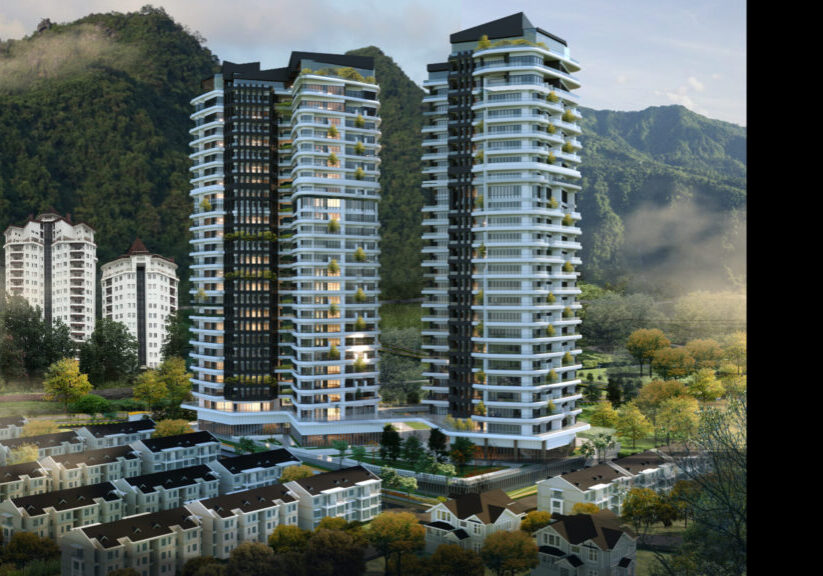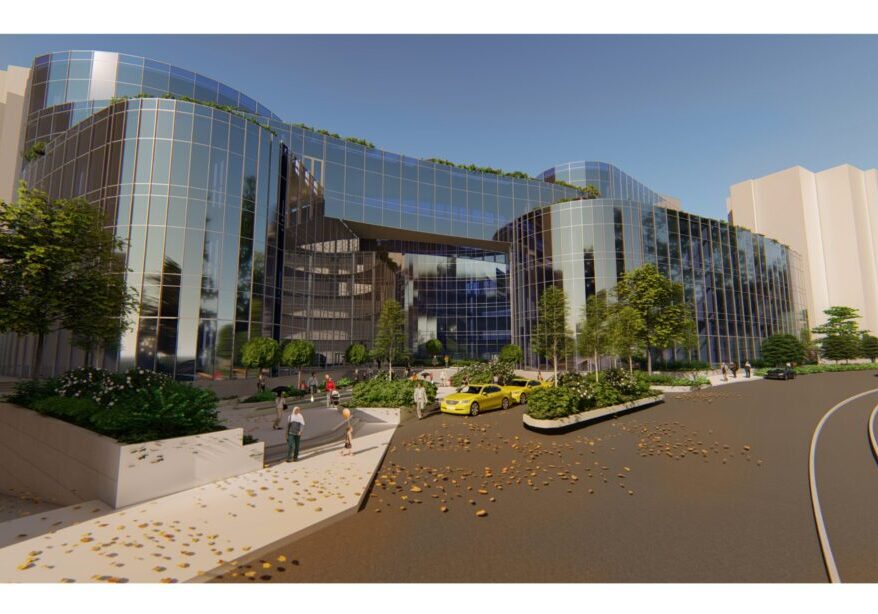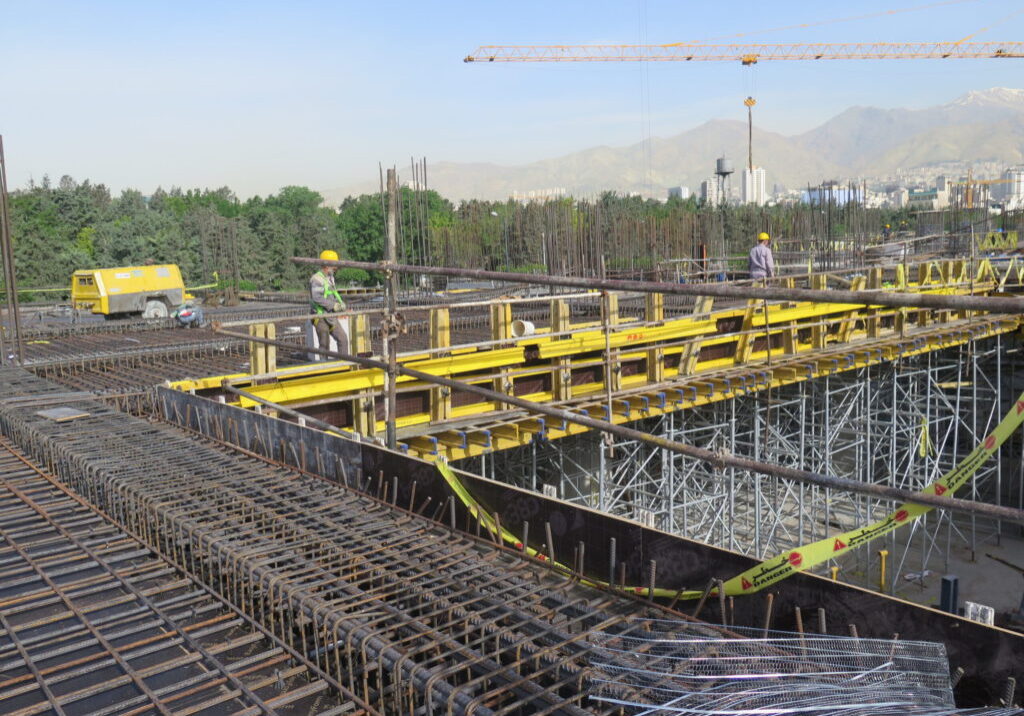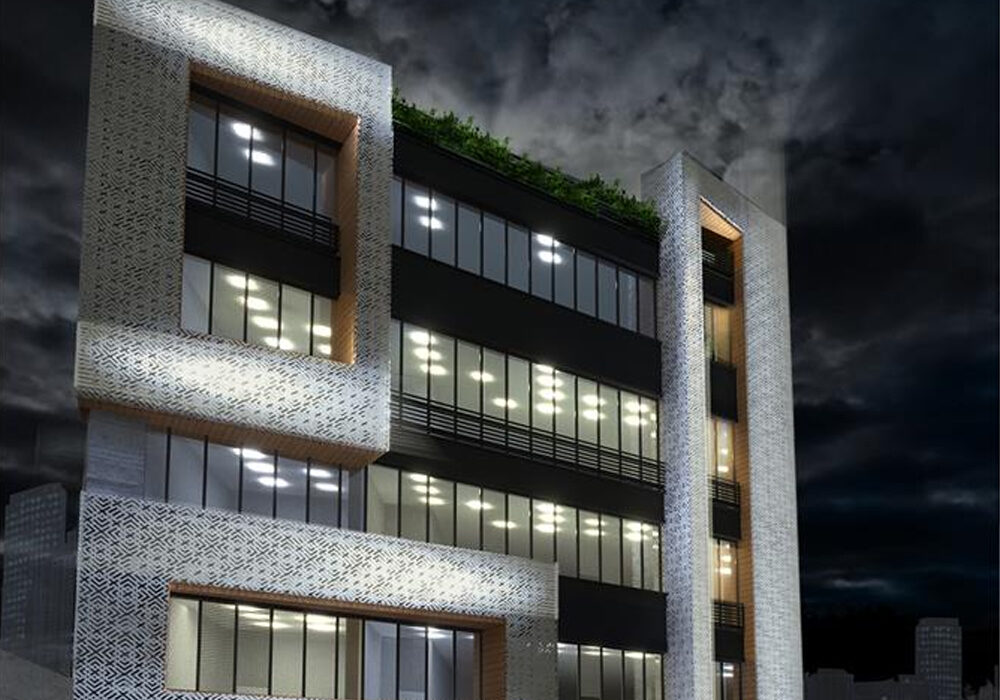Route design
Civil and route design
Route design is definitely of particular significance; this is due to the facts that any minor mistakes in civil studies will lead to road and rail catastrophe, which, in addition to the cost of road accidents, will impose the cost of repairing and rehabilitating to eliminate the accident hotspot on the construction and operation of the country's roads and railways
Improper geometric design of the route has remarkable negative consequences such as the followings
- Reduce traffic safety
- Reduce vehicle speed
- Increase latency
- Increase the density of vehicles
- Disruption of traffic flow
- Increase the fuel consumption
In order to improve the current situation and considering the impact of geometric factors on road service, it is essential to study the influences of each of the parameters of the road geometric design, including road width, longitudinal slope, transverse slope, number of lanes, route length, etc. on traffic
All civil, road, intersection, railway and urban train studies are conducted in the route department. As civil studies are the basis and foundation of all subsequent studies, all issues and parameters such as environmental impacts, hydrology, geology, traffic and economic studies are meticulously considered in this department, which requires the experience and expertise of Civil Department experts in above- mentioned fields
The output of the department include: route plan (view from above), longitudinal profile of the route (view from the side), cross sections (vertical view from the road), list of volumetric operations, technical and economic comparison report and selection The best option will be and finally the projects will be implemented with the mentioned documents along with the plans of technical buildings
Civil Studies are carried out in two phases:
The first phase outlines possible options on large-scale maps (50,000 and 25,000). The options are then compared in terms of parameters such as construction cost (including total project estimates and land acquisition). Ultimately, the top option is selected according to all the mentioned criteria
In Phase 2, the executive plans of the superior and selected option for preparing the tender documents and selecting the contractor and executing the route will be prepared, including plan maps, profiles, cross-sections of the route and volumes of earthworks
After conducting phase 2 civil studies, the maps will be provided to other departments, including structures and hydrology, etc., based on which technical buildings, trenches, embankments, etc. will be studied. Any alteration in civil studies will cause a change in the plans of technical buildings, etc. Hence, phase one of civil studies requires meticulous attention
The undeniable significance of civil and route design is such that if any of the issues raised in the original plan are not included, there will be irreparable damage. For instance, if route studies are carried out without considering geological or hydrological conditions, very heavy technical buildings will be imposed on the project, or if the area is not inquired and visited several times, the route may be parks and protected areas of the Environment Organization or Cross cultural heritage sites that will be blocked by beneficiary organizations
Despite the various software for civilian route design, it is necessary for experienced experts to visit the area to make decisions, including the points of intersection with infrastructure facilities such as high voltage power towers, water pipes, oil, gas, etc. Lack of sufficient experience and expertise in dealing with facilities and regional opponents may impose additional costs on the project during implementation

